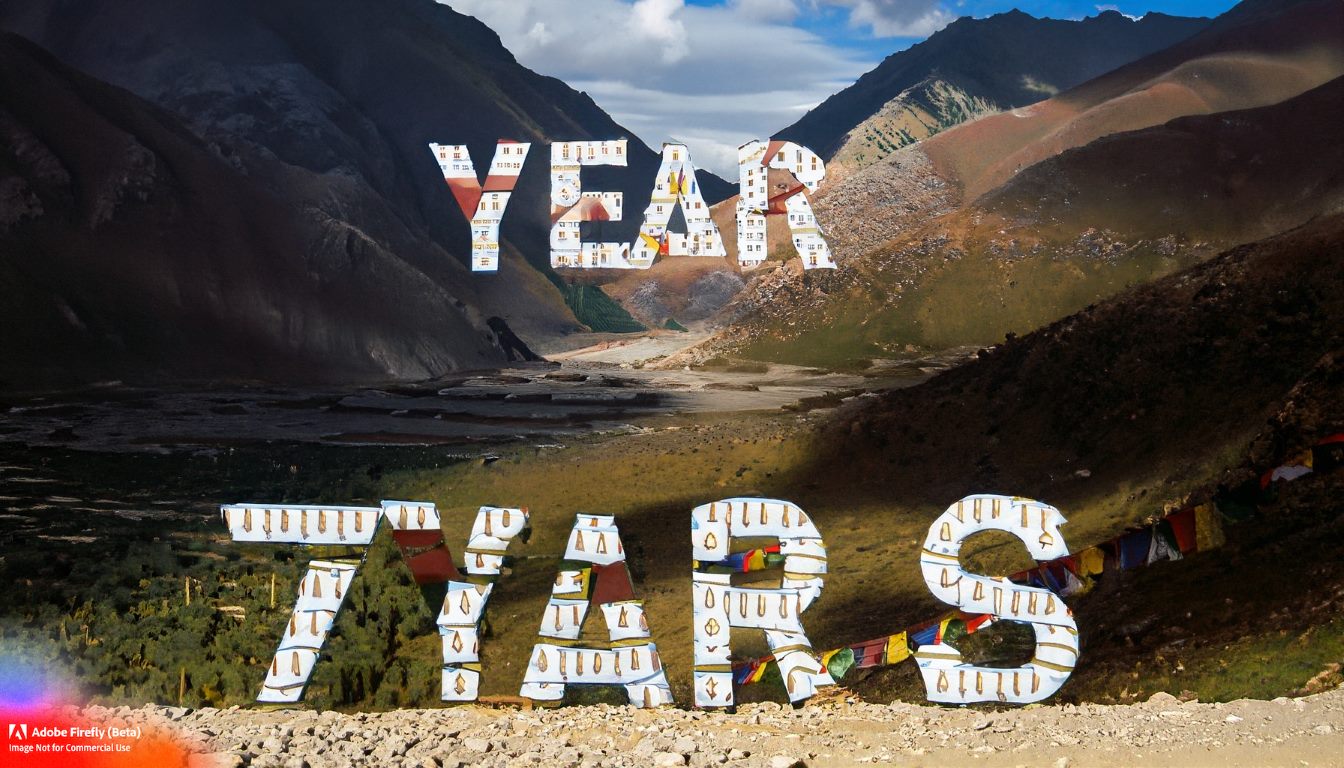
Introduction
“Seven Years in Tibet,” a movie starring Brad Pitt, captivated audiences worldwide with its portrayal of the extraordinary experiences of Austrian mountaineer Heinrich Harrer in Tibet. In this article, we explore the intriguing aspects of the film, including its storyline, historical context, and filming locations. We delve into the question of whether the movie is based on a true story and discuss the significance of filming on location in Tibet. Join us on a cinematic journey that blends fact and fiction, shedding light on the beauty and complexities of Tibet’s history.
The Historical Context
While “Seven Years in Tibet” is a work of fiction, it is set against the backdrop of real historical events. We delve into the turbulent period of Tibet’s history during the mid-20th century, when the region faced political and social upheavals. We discuss the Chinese invasion of Tibet, the subsequent occupation, and the resulting challenges faced by the Tibetan people.
The Inspiration: Heinrich Harrer’s Memoir
To shed light on the movie’s connection to reality, we explore the memoir written by Heinrich Harrer, upon which the film is partly based. Titled “Seven Years in Tibet,” Harrer’s firsthand account of his experiences in Tibet provides valuable insights into the cultural encounters, personal growth, and challenges he faced during his time in the region.
Filming on Location in Tibet
We examine the significance of filming “Seven Years in Tibet” on location, as it adds authenticity and visual splendor to the movie. We discuss the challenges and logistics involved in shooting in the rugged landscapes of Tibet, and how the breathtaking scenery enhances the cinematic experience. Additionally, we explore the impact of filming in Tibet on raising awareness about the region and its cultural heritage.
Reception and Controversies
Although “Seven Years in Tibet” did not win any major awards, its technical aspects, such as art direction, production design, and music, were recognized by several prestigious award ceremonies. The film’s visual representation of Tibet’s majestic landscapes and cultural richness, combined with its compelling narrative, captivated audiences and brought attention to the story of Heinrich Harrer and his interactions with the Dalai Lama.
Notable awards and nominations received by “Seven Years in Tibet”:
Academy Awards:
- Nominated for Best Art Direction-Set Decoration (Hoang Thanh At, Ken Court, and Simon Wakefield)
British Academy Film Awards:
- Nominated for Best Makeup/Hair (Paul Gooch and Michelle Bühler)
- Nominated for Best Production Design (Hoang Thanh At and Ken Court)
- Nominated for Best Costume Design (James Acheson)
- Nominated for Best Original Music (John Williams)
Golden Globe Awards:
- Nominated for Best Original Score – Motion Picture (John Williams)
Satellite Awards:
- Nominated for Best Art Direction (Hoang Thanh At and Ken Court)
Broadcast Film Critics Association Awards:
- Nominated for Best Art Direction (Hoang Thanh At, Ken Court, and Simon Wakefield)
Southeastern Film Critics Association Awards:
- Nominated for Best Cinematography (Robert Fraisse)
Conclusion
“Seven Years in Tibet” is a captivating cinematic journey that blends fiction with the rich historical context of Tibet. While the movie tells a fictionalized story, it draws inspiration from the real experiences of Heinrich Harrer and sheds light on the tumultuous period in Tibet’s history.
Filming on location in Tibet adds a touch of authenticity to the stunning visuals and allows viewers to immerse themselves in the captivating landscapes. Whether as a work of fiction or a testament to the resilience and cultural heritage of Tibet, “Seven Years in Tibet” offers an engaging exploration of a remarkable chapter in history and continues to be cherished by audiences worldwide.






